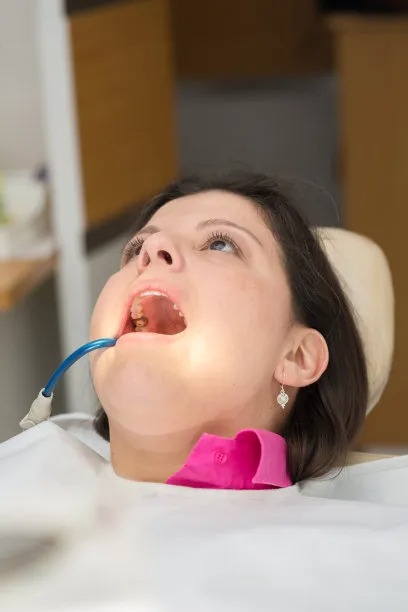The Essential Guide to Understanding the Process and Aftercare of Extracting a Tooth for Better Oral Health
Summary: Extracting a tooth is often a necessary step in maintaining overall oral health. Understanding the process involved in tooth extraction, as well as the essential aftercare, is crucial for a smooth recovery and optimal health. In this guide, we will delve into four key areas: the indications for tooth extraction, the extraction procedure itself, the post-extraction aftercare, and potential complications that may arise. By familiarizing yourself with these aspects, you can approach tooth extraction with confidence, ensuring a healthy mouth and a better quality of life.
1. Indications for Tooth Extraction

Tooth extraction might be necessary for a variety of reasons. One of the most common indications is severe tooth decay. When a tooth is extensively damaged and cannot be restored through fillings or crowns, extraction may become the only option to prevent infection and discomfort.
Another reason for extraction is periodontal disease, which affects the supporting structures of the teeth. In cases where the gums have receded significantly, and the tooth becomes loose, extraction can help to prevent further complications and maintain overall oral health.
Additionally, wisdom teeth often require extraction due to space limitations in the jaw. These teeth can cause crowding or impaction, leading to pain or infection, thus necessitating their removal.
2. The Tooth Extraction Procedure
The tooth extraction procedure begins with a comprehensive dental assessment. The dentist will take X-rays to evaluate the tooths position and the surrounding structures. This information is crucial for creating a tailored extraction plan.
Next, local anesthesia is administered to numb the area around the tooth. This step ensures that the patient is comfortable and experiences minimal pain during the procedure. In some cases, general anesthesia may be used, particularly for more complex extractions.
Once anesthesia takes effect, the dentist will use specific tools to loosen the tooth and remove it carefully from its socket. The extraction might be straightforward or may require surgical intervention, especially if the tooth is broken or impacted.
3. Post-Extraction Aftercare Essentials
After a tooth extraction, proper aftercare is vital for an effective recovery. The first step is to manage the bleeding. Patients are typically instructed to bite down on a gauze pad for about 30-45 minutes to help form a clot in the extraction site.
Post-extraction pain management is also important. Dentists usually recommend over-the-counter pain relievers or prescribe medication to help control discomfort. Applying ice packs to the cheeks can also help reduce swelling and alleviate pain in the first 24 hours.
Additionally, dietary modifications should be considered during recovery. It is advisable to stick to soft foods and avoid hot beverages for the first few days to prevent irritation. Maintaining hydration and gradually reintroducing solid foods can aid the healing process.
4. Potential Complications to Watch For
While tooth extraction is generally safe, complications can occasionally arise. One of the most common issues is dry socket, which occurs when the blood clot in the extraction site becomes dislodged. This condition can lead to painful exposure of the bone and necessitates additional treatment.
Infection at the extraction site is another potential complication. Patients should be aware of signs of infection such as increased swelling, fever, or pus discharge and should contact their dentist immediately if these symptoms occur.
Lastly, it is essential to observe for any prolonged or excessive bleeding following the procedure. If bleeding persists beyond the first few hours or increases after the initial period, it is crucial to seek professional assistance promptly.
Summary: Understanding the process and aftercare of tooth extraction is vital for maintaining oral health. Being informed about the reasons behind an extraction, the actual procedure, effective aftercare methods, and potential complications can help ensure a smoother experience.
With proper knowledge and adherence to aftercare guidelines, patients can recover efficiently and maintain a healthy, functional smile. Consulting with dental professionals for personalized care is always recommended to ensure the best outcomes.
This article is compiled by Vickong Dental and the content is for reference only.



